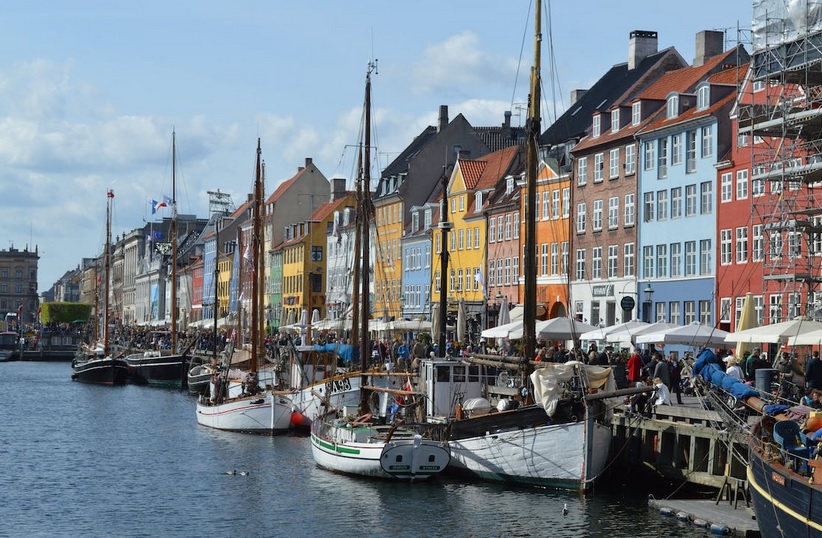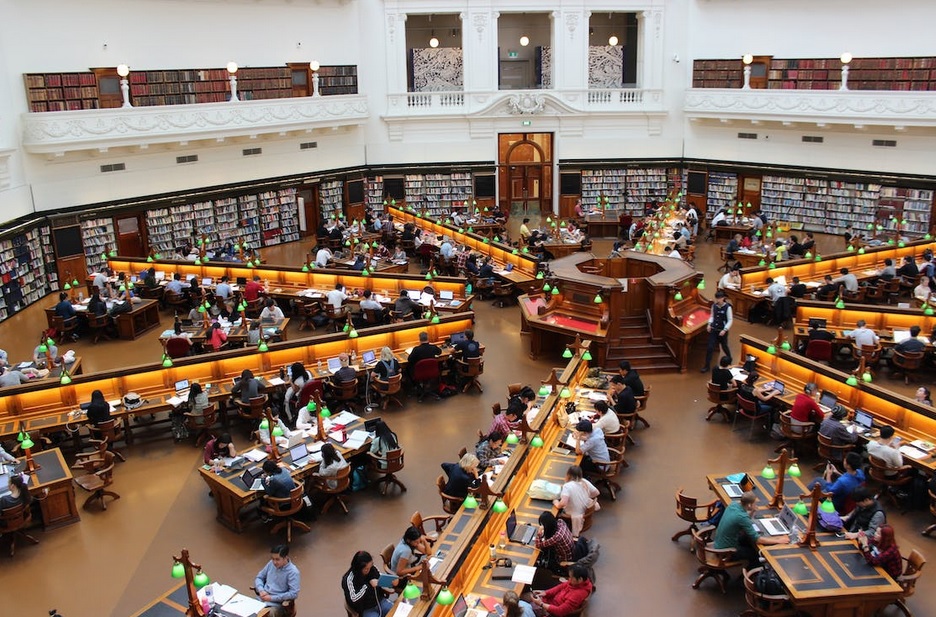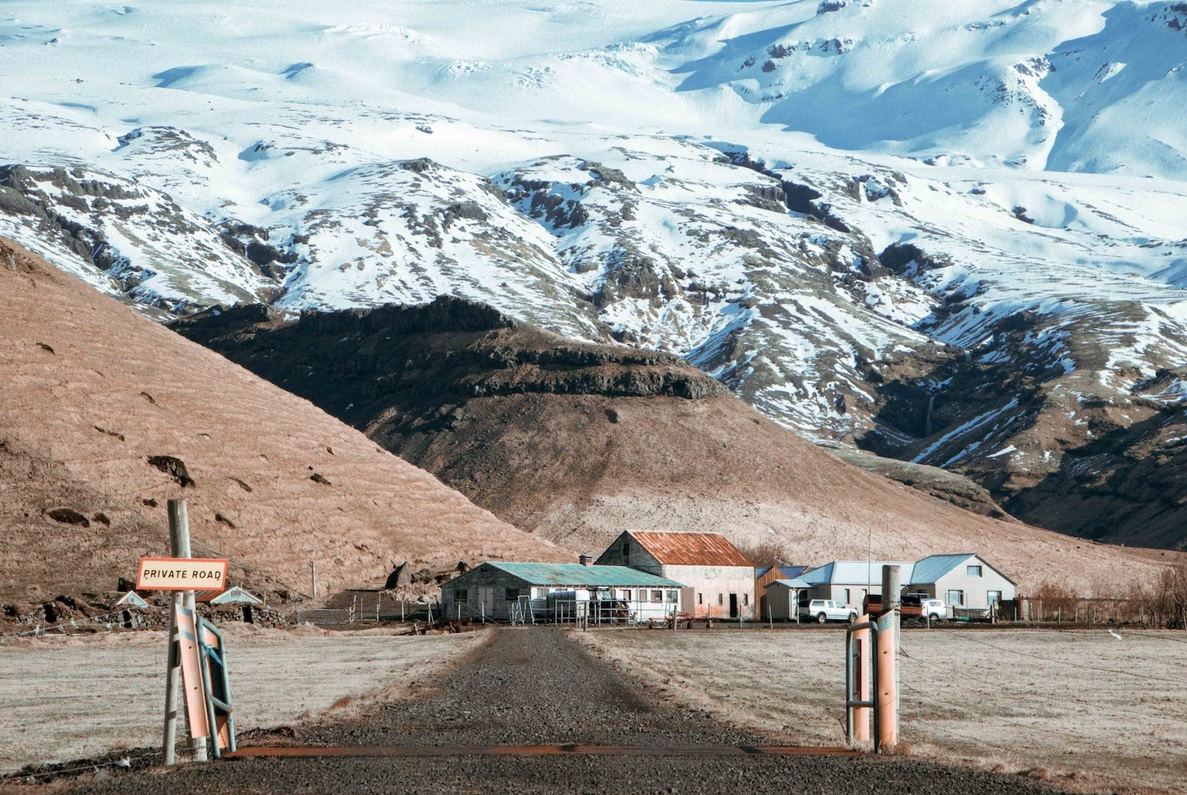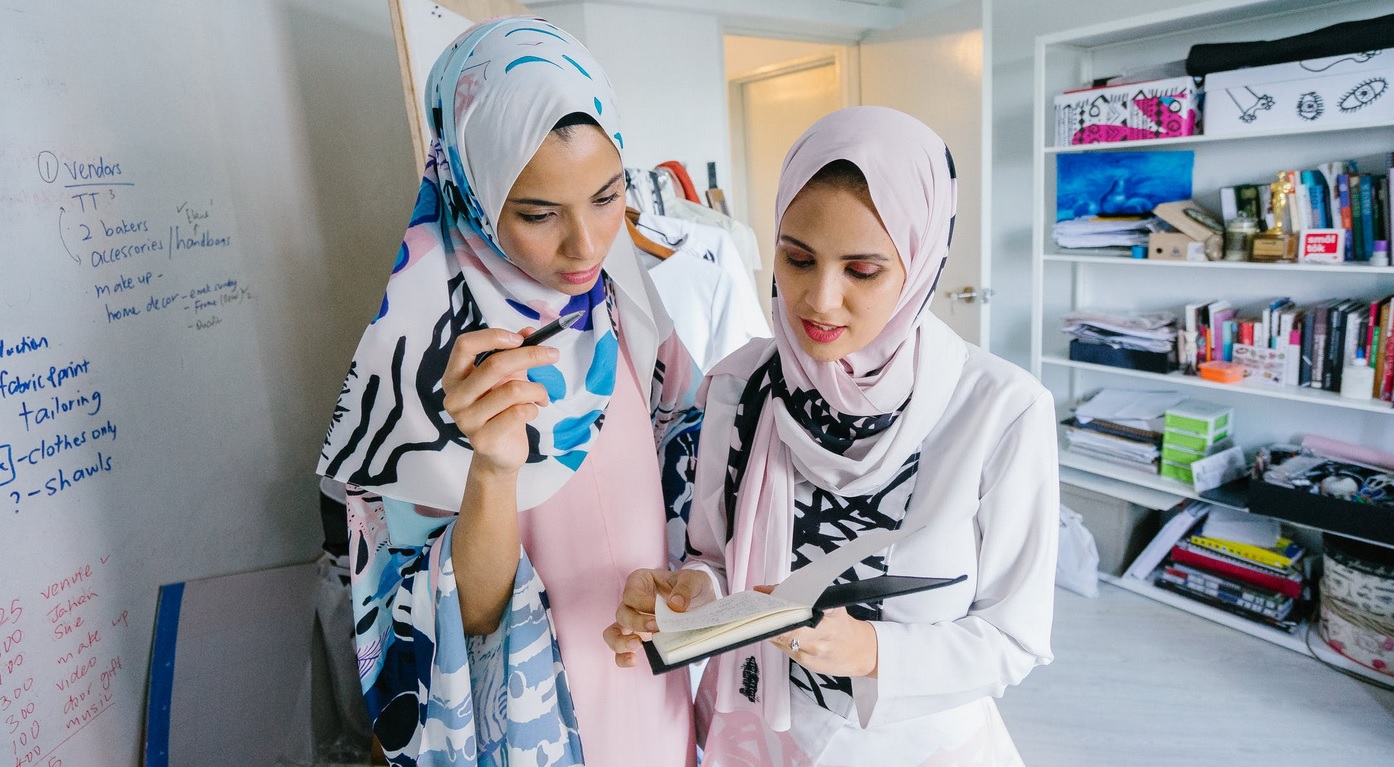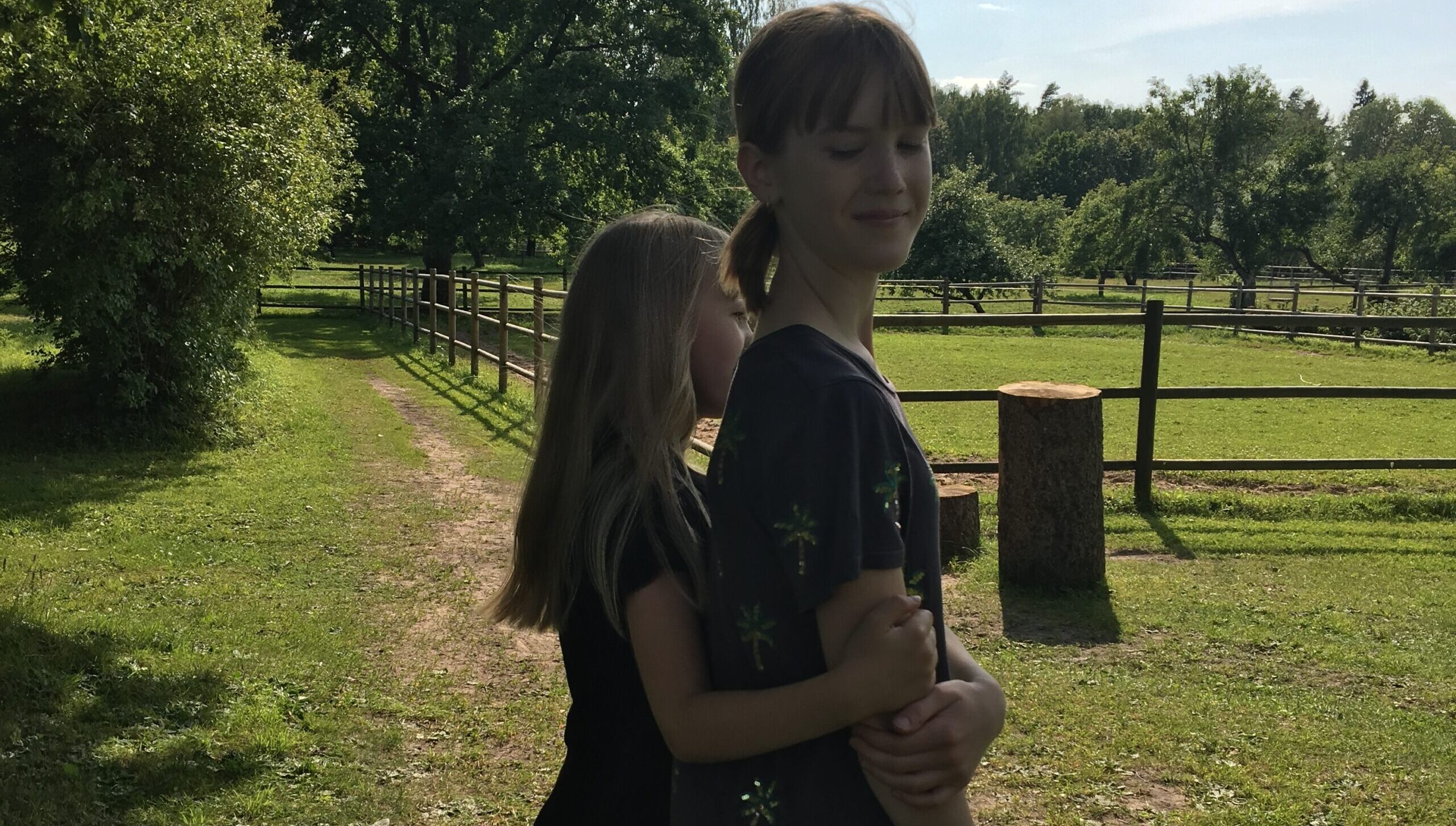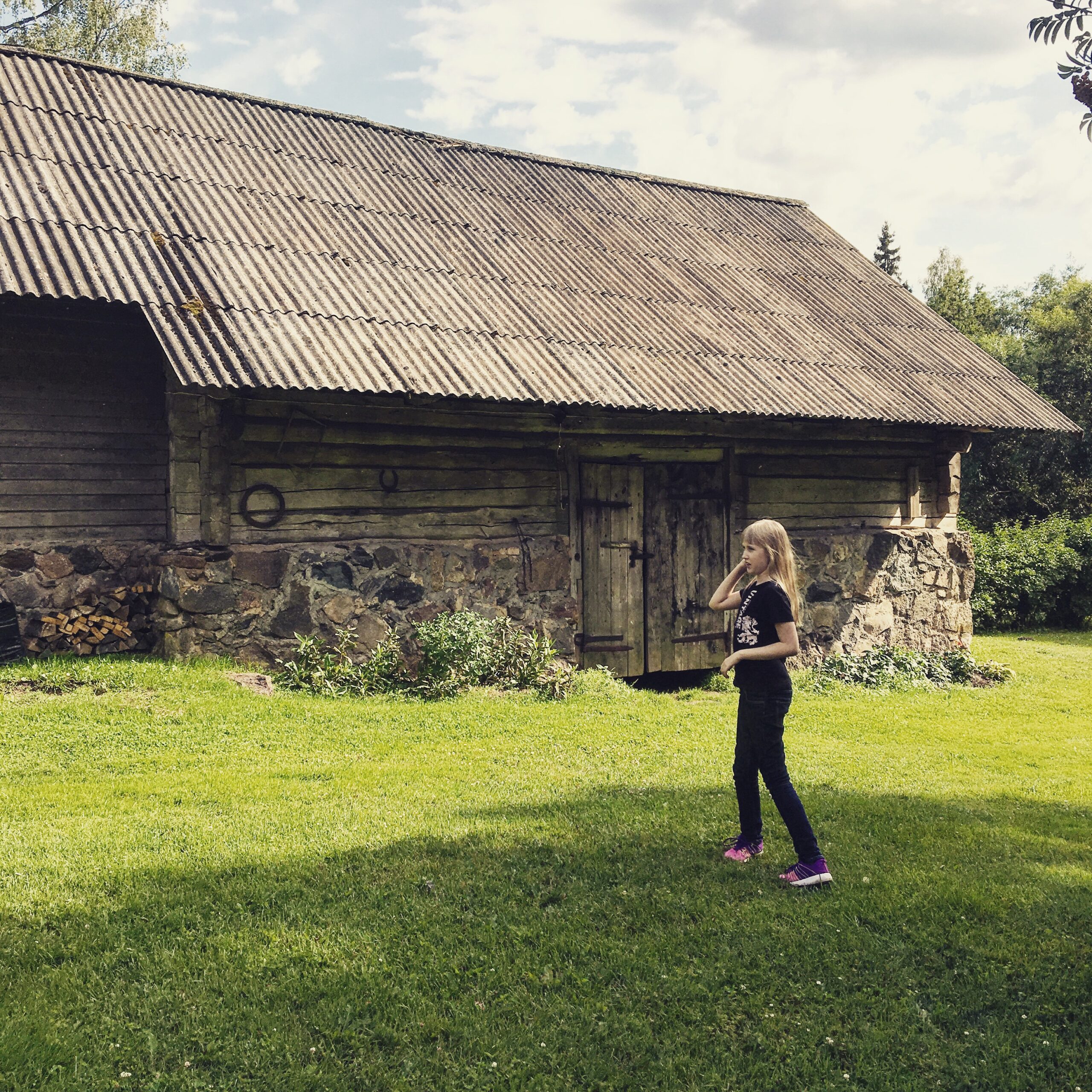NordenBladet – Scandinavians have received this knowledge from school or acquired it while growing up in this society. For those who are interested in Scandinavia and the Nordic countries, but are not from here, this is interesting and necessary historical lesson. In this article, we bring you fifteen fascinating facts about Scandinavians!
1. The Vikings, who were from Scandinavia, were known for their seafaring abilities and exploration. The Vikings were skilled shipbuilders and their ships, such as the longship, were advanced for their time and allowed them to travel long distances. They traveled as far as North America and Africa. The Vikings were also known for their sophisticated metalworking techniques, and their jewelry and artifacts can still be seen in museums today.
Read also:
EXHAUSTIVE OVERVIEW: who were the ancient Scandinavian origin Vikings and when was the time of the Vikings?
2. The Scandinavian countries of Denmark, Norway, and Sweden consistently rank among the top in the world for happiness and quality of life, based on surveys and studies conducted by various organizations.
One of the most well-known sources of this type of data is the World Happiness Report, which is produced by the United Nations Sustainable Development Solutions Network. The report ranks 156 countries by their happiness levels, based on factors such as income, social support, life expectancy, freedom to make life choices, generosity, and trust. The report uses data from the Gallup World Poll, which surveys individuals in more than 150 countries.
Another well-known source is the Human Development Index (HDI) which is a composite statistic of life expectancy, education, and per capita income indicators, which are used to rank countries into four tiers of human development. These are very often used by the United Nations Development Programme (UNDP) to measure the progress of countries in achieving human development.
Additionally, other organizations such as the World Economic Forum, the Organization for Economic Co-operation and Development (OECD) and the Legatum Institute, also conduct surveys and studies on the happiness and quality of life of citizens in different countries.
3. The Nordic countries, which include Denmark, Norway, Sweden, Finland, and Iceland, have a long tradition of social welfare and equality. This means that they have a comprehensive system of government-funded social services, such as healthcare, education, and unemployment benefits, that are available to all citizens regardless of their income or social status. This system is designed to ensure that everyone has access to the basic necessities of life, such as food, housing, and healthcare. Additionally, the Nordic countries have a relatively high level of income equality compared to other countries, meaning that the gap between the rich and the poor is smaller. This is often achieved through progressive taxation and redistributive policies. This system also includes a good balance between work-life and family-life, providing generous parental leaves, affordable childcare, and flexible working hours.
4. Denmark is home to Legoland, the world’s first Lego-themed park.
5. The concept of hygge, a feeling of cozy contentment, originated in Denmark and is a defining aspect of Scandinavian culture.
6. The Sami people, an indigenous group in northern Scandinavia, have their own unique culture and way of life, including reindeer herding, traditional clothing and music, and their own parliament.
7. The famous children’s author Astrid Lindgren, who wrote books such as Pippi Longstocking, is from Sweden.
8. The Nobel Prizes, which are widely considered to be the most prestigious awards in their respective fields, were established by Swedish inventor Alfred Nobel.
9. The Scandinavian countries have a strong tradition of environmentalism, with many initiatives in place to promote sustainable living.
10. Norway is home to the famous fjords, which are long, narrow inlets with steep sides or cliffs, created by glacial erosion.
11. The Scandinavian countries have a strong tradition of literature, with famous authors such as Hans Christian Andersen (Denmark), Henrik Ibsen (Norway), and August Strindberg (Sweden).
12. The Swedish furniture company IKEA, which is known for its affordable and stylish furniture, was founded in Sweden in 1943.
13. The Finnish company Nokia, once the world’s largest mobile phone manufacturer, was founded in 1865 as a pulp mill.
14. The Moomins, a series of popular children’s books and comics created by Finnish illustrator Tove Jansson, have a strong following in Scandinavia and around the world.
15. The Danish capital of Copenhagen is home to Tivoli Gardens, one of the oldest amusement parks in the world, which opened in 1843.
Featured image: Nyhavn, Denmark (Pexels)
Source: NordenBladet.ee

